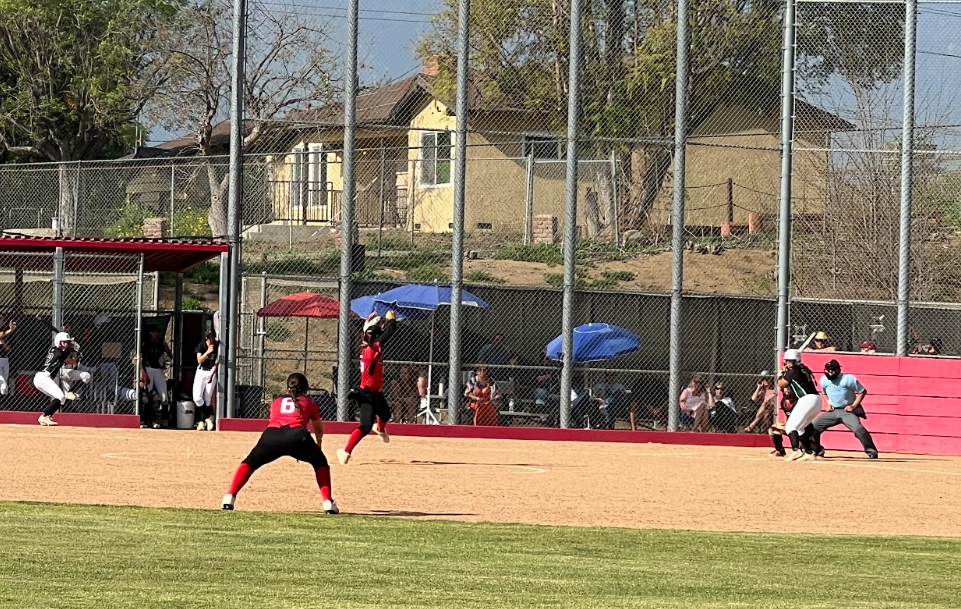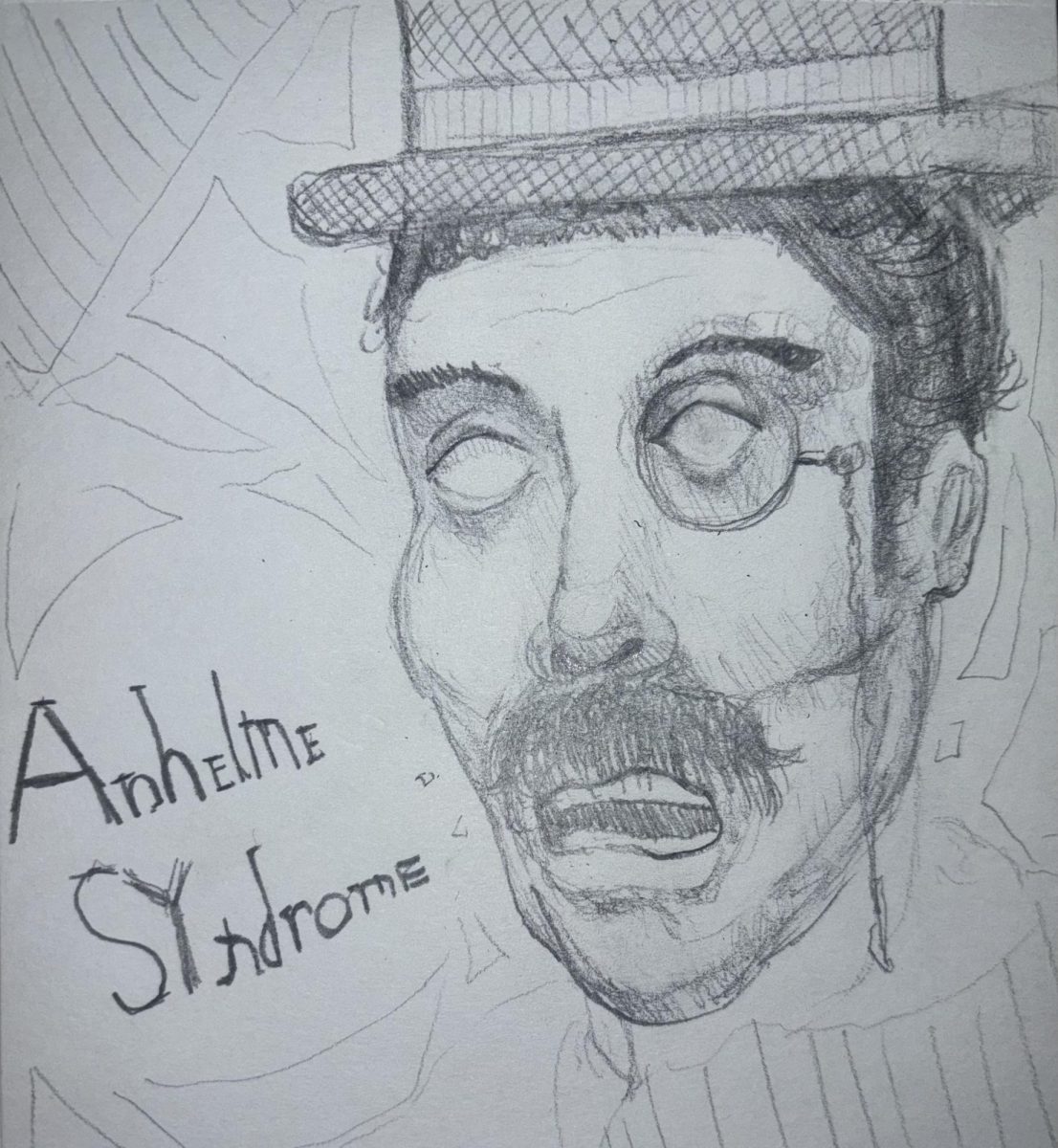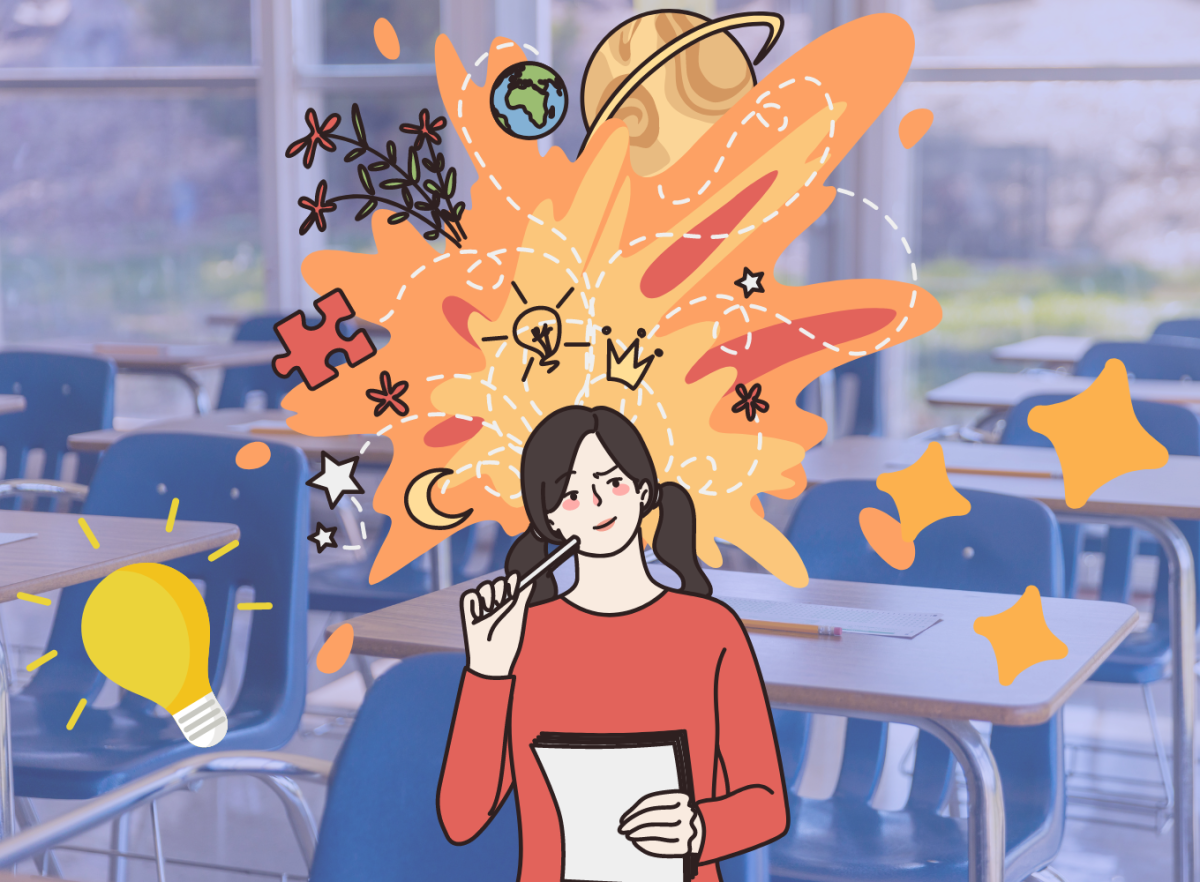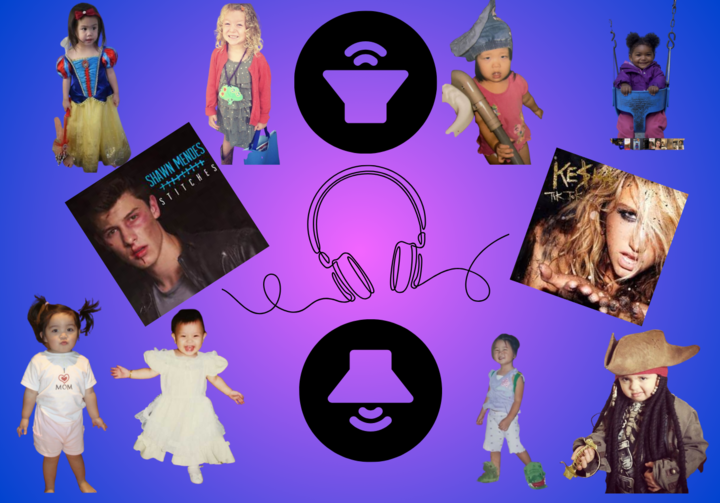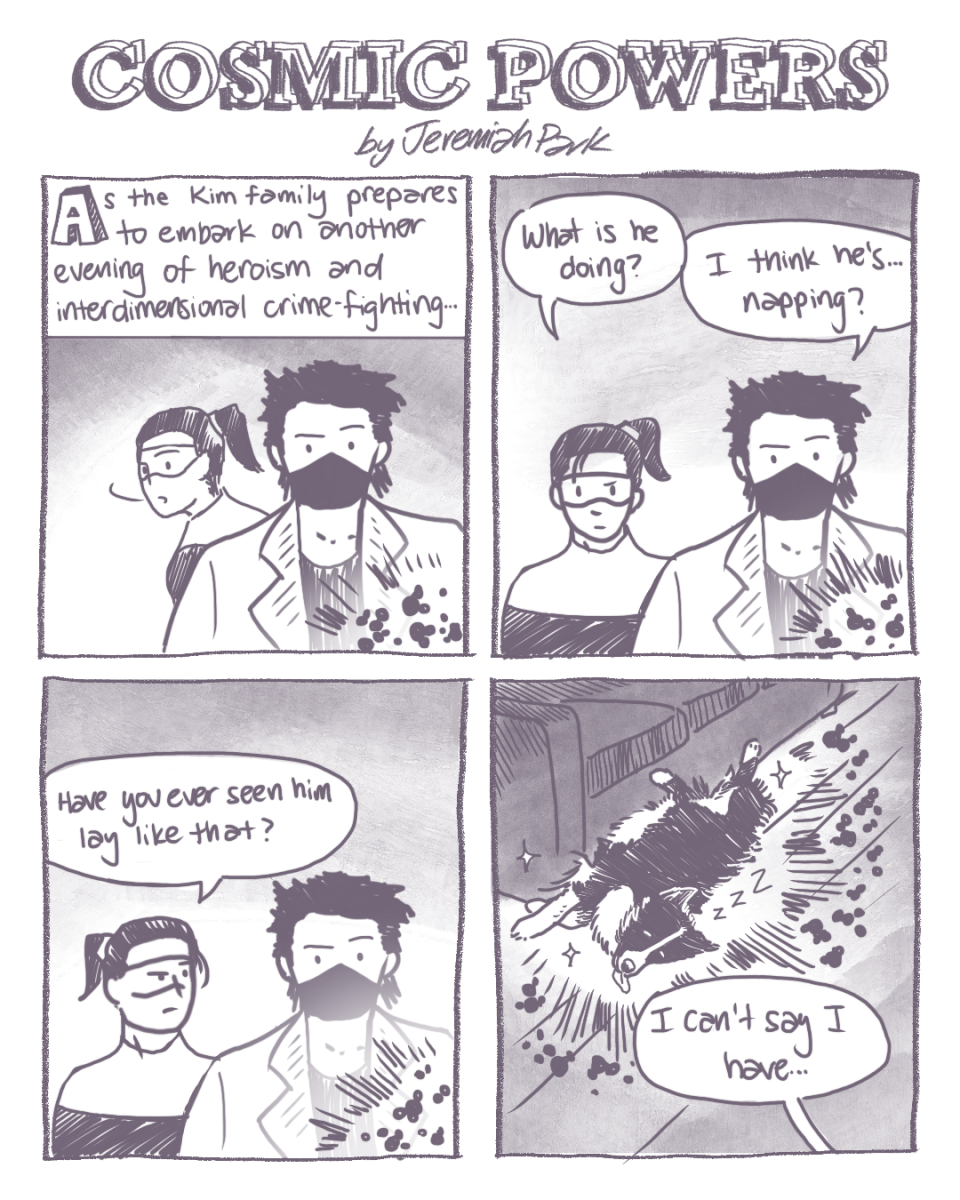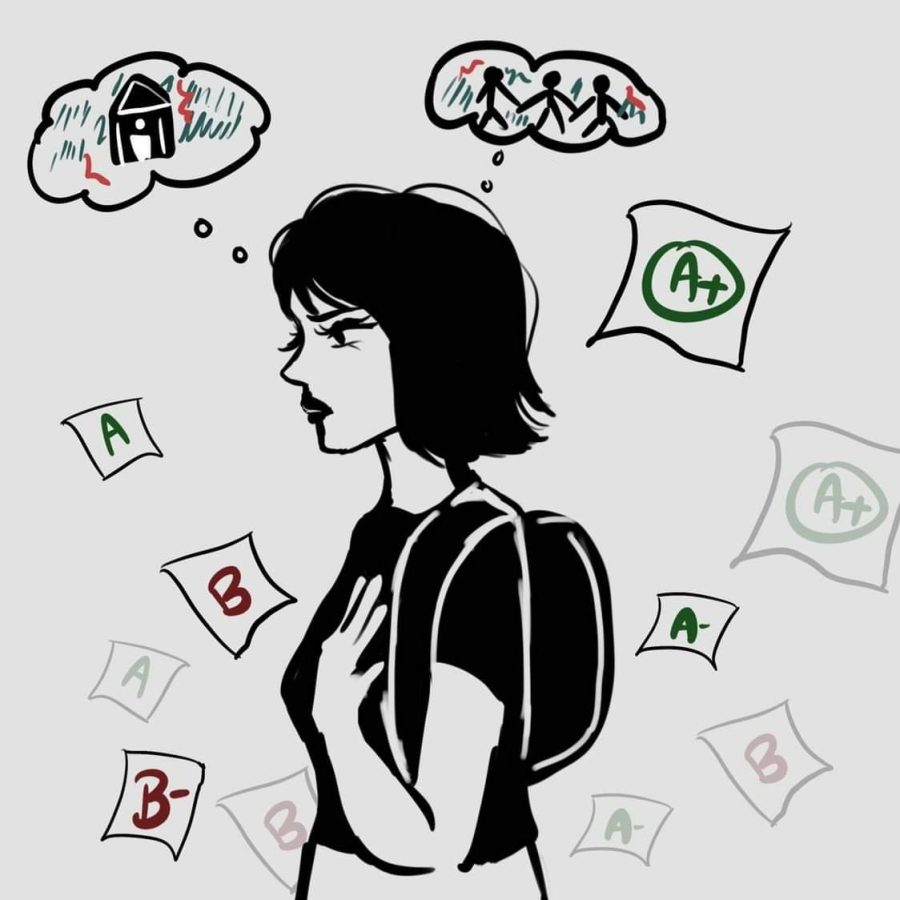A Deeper Look at the Teen Mental Health Crisis
Students at Ayala struggle with the constant load of work and stress that both school and home life bring them. There are many ways these issues can be solved, especially with the services provided by the Zen Den.
November 22, 2022
As students face the challenges of balancing school work, home work, extracurriculars, and their social/personal life; the mental health of many teens in America has been deteriorating. The teen mental health crisis has presented itself as a troublesome epidemic due to rising numbers in diagnosable mental health disorders such as depression and anxiety.
What is depression and anxiety?
Depression is more than being “sad” or “upset,” it is a chemical imbalance in the brain that can be caused by a variation of external factors or, in some cases, seemingly nothing at all. Depression is most common in teens who experience stress, low self esteem, bullying, academic pressure, and physical, emotional, or sexual abuse. Some effects of depression include feelings of worthlessness, erratic sleep habits, loss of appetite, fatigue, and in some extreme cases; suicidal thoughts and actions. Anxiety is a psychological disorder that can be caused by a combination of both chemical imbalances and external factors. While the exact cause of anxiety hasn’t been pinned down quite yet, it is believed to be caused by a serotonin imbalance in the brain, increased levels of epinephrine, and high cortisol levels. These chemical imbalances combined with environmental factors can produce a disorder that typically result in difficulty concentrating, irritability, headaches, insomnia, feelings of impending danger, increased heart rate, and a general nervousness/uneasiness.
Why is it concerning?
According to the Adolescent Wellness Academy, approximately one in five teens (12-18) suffer from at least one mental health disorder. Disorders such as depression and anxiety can seriously interfere with a student’s ability to learn and retain information. Feelings of doubt and dread can consume a student’s thought process, hindering their ability to actively participate in a classroom environment. Such effects result in a reflection of poor academic performance in the long run. But far more concerning is the personal effect that mental health disorders can exhibit on teens; for example, individuals with moderate to severe depression may experience or execute suicidal thoughts and/or self harm. The results of a study conducted by BMC Psychiatry produced a statistic that 27% of adolescents reported having thoughts of self harm, 15% reported having carried out at least one act of self harm, and less than 18% of the students who reported acts of self harm received psychological care.
What changed?
It seems as though this mental health crisis may have “appeared” out of nowhere, but Ayala High School intervention counselor Candice Brotherton theorizes that the spike in teens struggling with mental health can be attributed to the effects of the Covid-19 pandemic. “There were issues that teens have been experiencing for some time now. And I think the pandemic, put a magnifying glass on everything.”
Data released by the CDC supports this idea; stating that “more than a third (37%) of high school students reported they experienced poor mental health during the COVID-19 pandemic, and 44% reported they persistently felt sad or hopeless during the past year.”
What can schools and parents do to help?
Schools can only help students so much, if students are not willing to come forward with personal experiences of struggles with mental health, the numbers will continue to get worse. However, some students feel as though the school does not “necessarily care about students’ mental health,” an anonymous senior at Ayala High School said.
They believe that schools factor into the mental health equation in the form of an unavoidable cause of stress.
“We have six different classes and each teacher would give an intense amount of work and it’s really mentally draining when you’re dealing with issues at home as well.” It is integral that schools let students know about mental health outreach programs so they know that there are resources available for them, otherwise students may begin to lose their drive to succeed. Brotherton frequently aids students struggling with mental health issues in the newly implemented “zen den,” in the library on campus.
“[It] is intended to give students a place to go and seek support for whatever social emotional issues that may come up,” Brotherton said. Such safe spaces should be implemented in schools across the nation as it may provide students with a place to “grieve…and decompress.”
In addition, Brotherton believes that employing more mental health professionals to work at schools would yield some positive results among students. Conducting interventions for peer support or gaining recognition for community involvement are key steps to letting students know that they are valued. At home, she suggests that parents “be open and willing to listen with a non-judgmental ear to their children.”
She believes that the most important step to addressing the mental health problem is teaching mindfulness to students. Mindfulness is the practice of controlling breathing, meditating, or conducting yoga in attempts to live in the present moment.
“Practicing mindful mindfulness, even with teachers in the classroom, would be helpful, you know, just a quick one two minute activity doesn’t require doing daily,” Brotherton said. “So I would definitely want to see more mindfulness practices happening and integrated with the academic program.”
At the end of the day, all most students need is just someone to talk to, and whether that comfort is provided by schools, or parents, or both; it would provide much needed relief and support from teens who are struggling with mental health.


























![“I'd say [this season was] successful because I didn't really think I was going to really play much because I'm a freshman. But my coaches took the time and believed in me,” Jonah Boyd (9) said. As a freshman, Boyd has already achieved great success during his first year on the boys Varsity baseball team.](https://ayalabulldogtimes.org/wp-content/uploads/2025/05/IMG_1598-1.jpeg)













